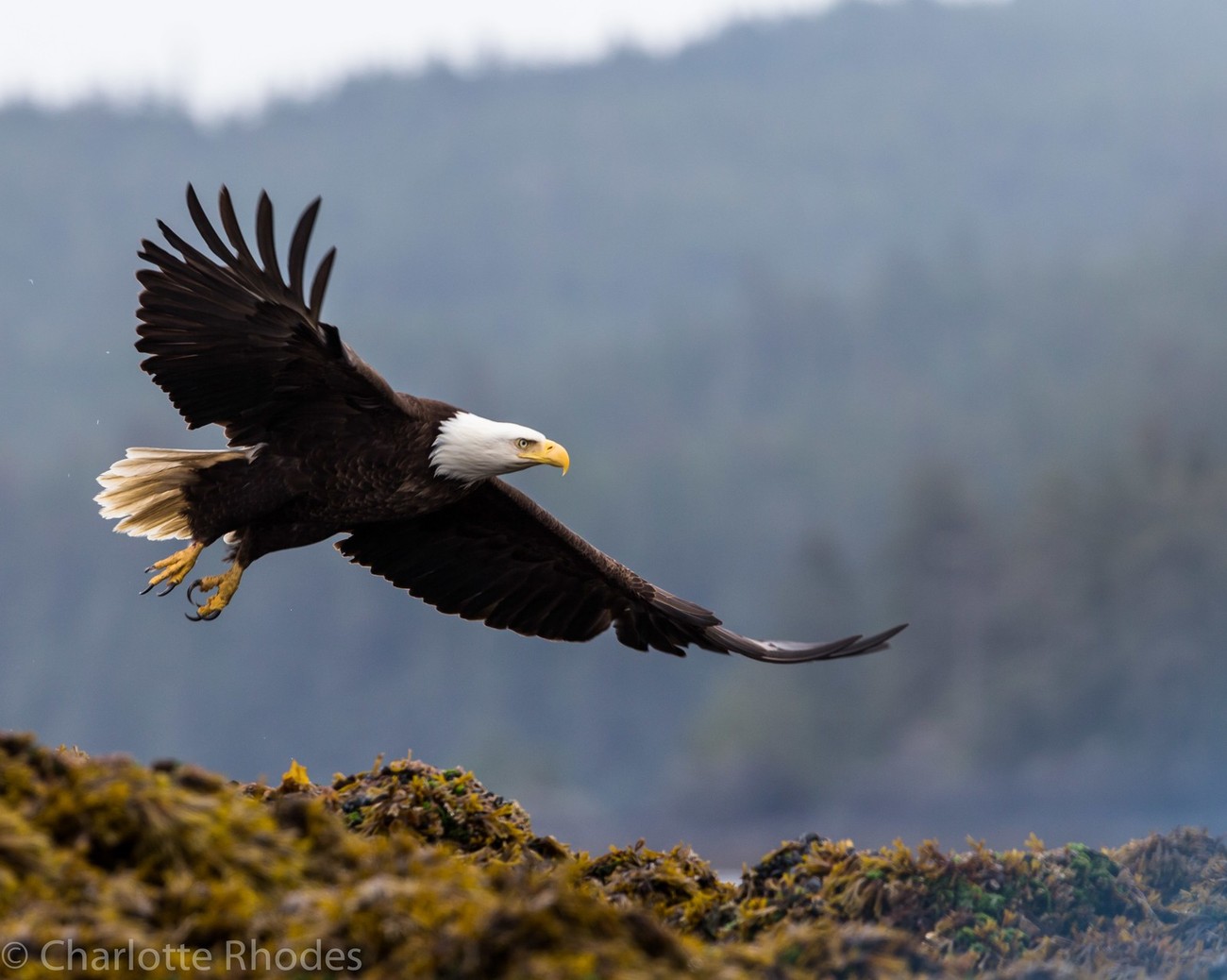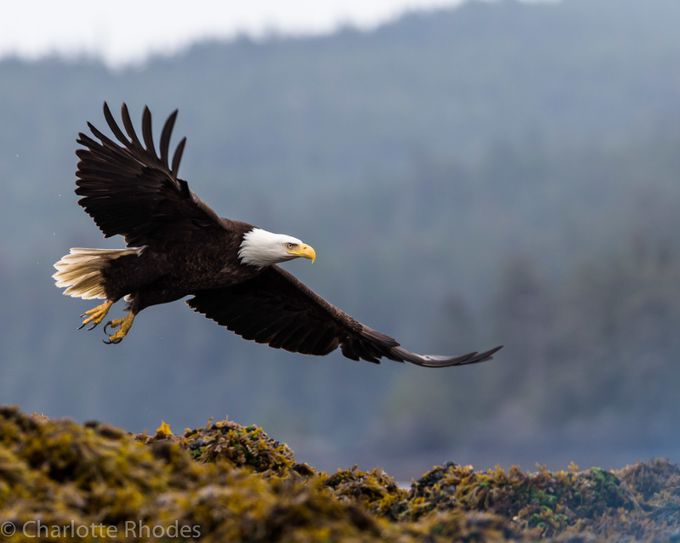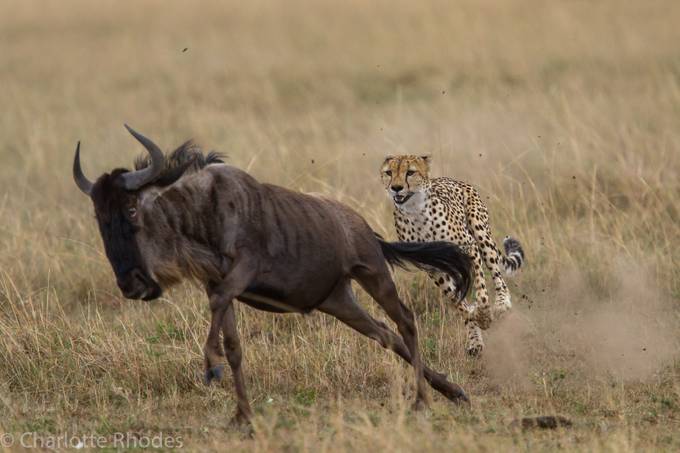Outside the city limits with its tall buildings, concrete and many times never stopping noise, there’s a world where exotic species live their life in harmony - without any disturbance from humans. There is however people who are fascinated by this and who spend their lives documenting Earth’s magnificent creatures. One of them is community member Charlotte Rhodes (charlotterhodes). Charlotte is an animal lover from North of England who spends most of her holidays somewhere in the wilderness, taking wildlife photos. The Olare Motorgi Conservancy (Masai Mara) is a regular haunt and where her heart lies in, but she has also been to other areas such as South Georgia, Spitsbergen, Alaska, India, etc. Here’s her Top 7 Wildlife Photography Tips!
1. Research. Researching where to go and who to go with are a good starting point. Some safari camps have better facilities for photographers than others and have some amazing guides who understand photography - so they will be thinking of angles and light as much as you.
2. Love And Understand Your Subject. Yes, a strong technical photographer can take a good animal photograph. But someone who cares for the subject can often capture the emotions of the animal better in their photography. An understanding of its behaviour means you’re one step ahead in predicting what it’ll do next (and what settings or lens you need!). It does however mean you sometimes get overly excited and screw up.
3. Practise, Practise, Practise. You need to know where the key buttons are on your camera without thinking. Turning up rusty often means you miss too many shots at the start of a trip. The key is to keep practicing - on your cat, friend’s dog, the squirrel in the park or a horse in a horse race.
4. Put In The Time. Sometimes it’s easy to underestimate the time to put in to take a shot. The key is to be at the location before it’s light and being prepared to wait 6-7hours in the morning waiting for a leopard to come down the tree… Only for it to have no intention of doing so until you’ve gone! But you never know what action (and photograph) may be round the corner.
5. Wide Angle or Large Zoom. It’s tempting to always take photos at a similar focal length. However wide angle shots from low levels or close up shots can make the most interesting images. It helps to have more than one body, so you don’t need to keep swapping lenses. And if you can’t afford a decent large zoom, look into hiring one.
6. Shutter Speed. Not all photo opportunities will be in perfect light where you will pretty much always have enough shutter speed to stop any blurring. And as animals can move around a lot, it’s important to keep checking your settings and ensuring you will get the effect you need. A cheetah hunt will need 1/1000th of a second or more to ensure you have a chance of the photo being sharp. Alternatively if the light is really poor and you don’t want a really high ISO, or you want a different effect, lower the shutter speed right down and slow pan.
7. Challenge Yourself. I do end up happily taking record shots the first few times I see a new animal. After that I think it’s important to keep challenging yourself to try and be creative and take something different. This isn’t easy in the times of digital photography! Additionally, if you are with a beautiful animal, sometimes you have to challenge yourself to put the camera down and just appreciate what is in front of you.
Cannot get enough? For more awesome wildlife photographs taken by Charlotte, visit her profile, Instagram and Facebook.









